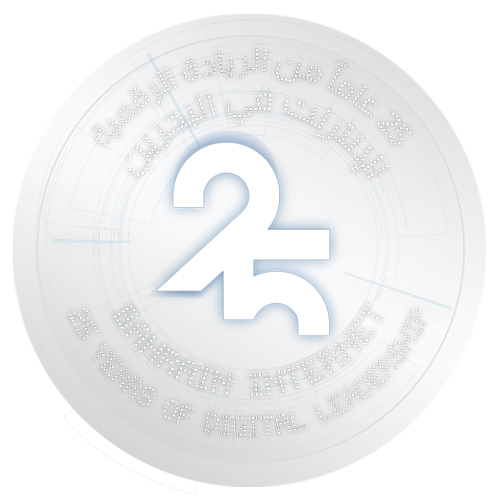About the Internet
What is the Internet? While it may seem like a simple question,
defining the Internet isn’t easy because unlike any other
technology, the Internet can be whatever we make it. We can
shape it. We can mould it. But most importantly, we can use it to
connect people, communities, and countries around the world.
HOW IT WORKS
The Internet works because open standards allow every network to
connect to every other network.
This is what makes it possible for anyone to create content, offer
services, and sell products without requiring permission from a
central authority.
It levels the playing field for everyone and it is the reason why we
have a rich diversity of applications, and services that many of us
enjoy today.
Who’s in charge of the Internet?
No one is, but everyone is.
Unlike the telephone network, which for years in most countries,
was run by a single company, the global Internet consists of tens of
thousands of interconnected networks run by service providers,
individual companies, universities, governments, and others.
What’s the infrastructure of the Internet like?
The Internet is that it’s a network of networks that need to operate
around the world as if it were one.
Like policy, the technical coordination of the Internet has common
characteristics:
- Open
- Independent
- Run by non-profit membership organisations that work
together to meet the needs everyone.
This self-regulation has been the key to the successful growth of
the Internet and is flexible enough to adapt to changing future
needs.
Read about the technical aspects of the Internet.
What can you do to help make sure the Internet is an open, and
accessible platform?
At a time when many of the existing processes behind the
development and administration of the Internet are being
questioned, it is more important than ever that you’re involved in its
future.
Internet Society provides education and information of the benefits
of open, consensus-based processes and structures.
We also reach out to non-governmental organisations, regulatory
and governmental bodies.
No matter if you’re a corporate body, non-governmental
organization, policy or decision maker, or an everyday person – we
need your help.
History of the Internet
From the early days of ARPANET to today’s mobile technologies,
here we share some of the different histories of the Internet from
various personalities and organisations.
Hobbes’ Internet Timeline
An Internet timeline highlighting some of the key events and
technologies which helped shape the Internet as we know it today.
Internetology
Contains a snapshot of worldwide connectivity every 6 months from
November 1993 to May 1997.
Keith Lynch’s Timeline of net related terms, concepts, stories, and people
Timeline from June 1975 to February 1998 showing when terms,
concepts, stories, and people were first mentioned.
The History of IANA
A timeline of the history of IANA, the Internet Assigned Numbers
Authority, from its birth in 1972 to the end of 2016.
Facts & Figures
Who uses the Internet? How is it used? How does it affect us? The
Internet is constantly changing, and understanding and measuring
it is a challenge. We’ve collected a variety of resources for Internet
statistics, trends, and demographics.
Internet World Stats
The Big Picture of World Internet Users and Population Statistics.
Internet Traffic Report
Monitors the Flow of Data Around the World.
Cowles/Simba Information Services
Various research studies include data on World Wide Web
advertising revenue, Internet user base, and electronic sale of
tangible goods.
Doubleclick
Provide comprehensive data on advertising revenue on the
Internet, and the impact and trends of advertising on the Net.
Forrester Research, Inc.
Demographic analysis of Web users and the penetration of the PC
market, including age and income bracket analysis.
The Gartner Group
Internet Strategies (INET) is the Gartner Group’s service for the
research of trends on the Internet and WWW.
comScore Media Metrix
Audience measurement service. Monitors WWW, Internet, and
online service usage, as well as computer hardware and software
trends.
Stanford-Poynter Project “Eyetrack”
Study evaluating the interaction of Internet users with a wide range
of sites.
Network Start-up Resource Centre
A database of international networking developments.
who makes the internet work
Our Internet Ecosystem
The “Internet Ecosystem” is a term used to describe the
organisations and communities that help the Internet work and
evolve.
These organisations share common values for the open
development of the Internet.
The Internet Ecosystem term implies that the rapid and continued
development and adoption of Internet technologies can be
attributed to the involvement of a broad range of actors; open,
transparent, and collaborative processes; and the use of products
and infrastructure with dispersed ownership and control.
Organisations that make up the Internet Ecosystem include:
Technologists, engineers, architects, creatives,
organisations such as the Internet Engineering Task Force (IETF)
and the World Wide Web Consortium (W3C) who help coordinate
and implement open standards.
Global and local Organisations that manage resources for global
addressing capabilities such as the Internet Corporation for
Assigned Names and Numbers (ICANN), including its operation of
the Internet Assigned Numbers Authority (IANA) function, Regional
Internet Registries (RIR), and Domain Name Registries and
Registrars.
infrastructure services such as Domain Name Service (DNS)
providers, network operators, and Internet Exchange Points (IXPs)
other and offer services
using Internet technologies, such as multilateral organisations,
educational institutions, and governmental agencies
development and governance.
The paper and documents available from this page offers a brief
introduction to some of the Internet organisations and processes
that shape naming and addressing, shared global services and
operations, and open standards development in the Internet
Ecosystem.

